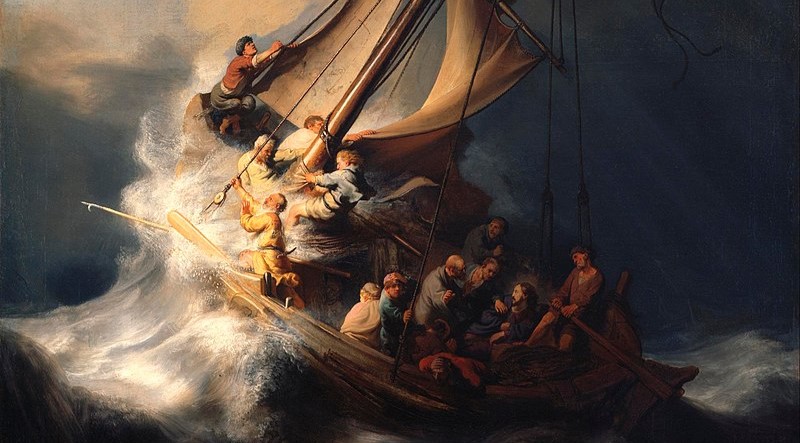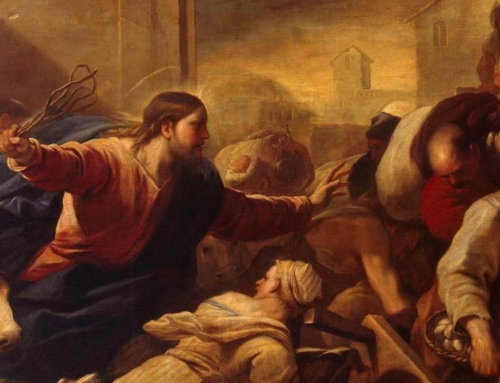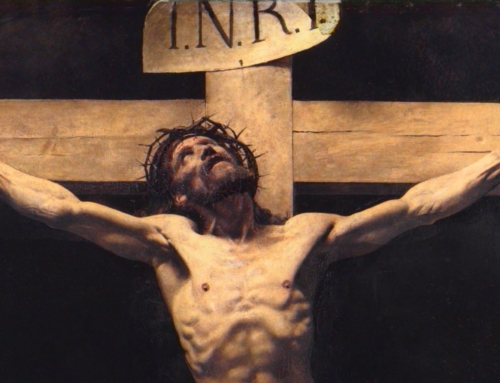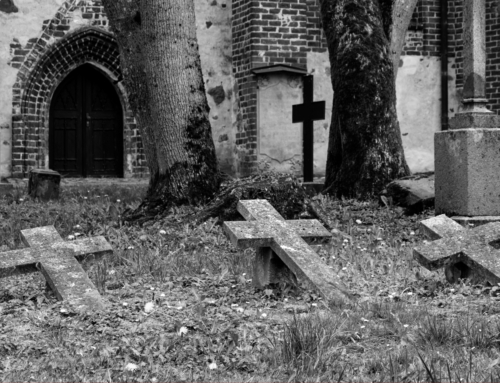So much of the mystery of the Incarnation is present to us as we gaze upon a manger scene. Whether it is the one on our mantel-top or the big light-up one in the center of town, each depicts the familiar scene of the Holy Family, for whom there was no room at the inn. The Word made flesh, from whom all things were made, finds himself rejected by the world he fashioned even from his very birth (Jn 1:3, 10-11).
Nonetheless, we admire that night in its quiet and stillness, meditating on it with the eyes of faith. We use our imaginations to construct an image of how “the real thing” must have been. We set up the manger scene just as we like, and look forward to placing the infant Jesus in his crib on Christmas Eve. We follow the inspiration of Saint Francis, the creator of the first nativity scene, who said: “I would like to represent the infant Jesus born in Bethlehem…” thus helping the faithful to contemplate the simplicity and poverty into which Christ was born. The imagery speaks to us because we too know the peace and serenity with which an infant sleeps; we recognize the preciousness, and like it all the more. We like our own sweet, sleeping Jesus.
But this is not the only time Christ sleeps in the Gospels. Christ slept in the ship on the sea when a violent storm surged up. (Mk. 4:35-41). Jesus, Saint Mark tells us, “was in the stern, asleep on a cushion” and only after the waves began to break over the side of the ship did the apostles hastily wake him with the words “Teacher, do you not care that we are perishing?” (Mk. 4:38).
We often act like the disciples. We trust our own skills, just as the disciples trusted in their own nautical skills from their former days as fishermen when they saw the storm rolling in. We face our own trials and temptations with the same pride in our ability to weather the approaching storm, not calling out to Jesus until we too “are perishing” (Mk. 4:38). And we cry out to God with the same anger: “do you not care…?” (Mk. 4:38).
But Jesus came into the world on Christmas, “not to be served, but to serve and to give his life as a ransom for many” (Mk. 10:45). Advent has been a time for us to prepare to welcome our savior. We cannot do everything on our own; we need Christ’s help (Phil. 4:13). Christ is with us always (Mt. 28:20), and he told us that we ought to pray always (Lk. 18:1), not just when we want to.
Let us then not grow weary of calling on Jesus, who we know works marvels (Mk. 4:41). We do not “bother” Christ by asking for help, regardless of how far off the impending storm seems to be. Let us be strengthened in our faith in Jesus, and call on him, abiding in the peace of his presence and trusting in his holy will (Mk. 4:40) The infant Jesus sleeping in the manger is the same Jesus who is able to calm every storm we encounter. This child is our Prince of Peace (Is 9:5). The only thing necessary to save the disciple’s sinking ship was Jesus’s words: “Quiet! Be still!” (Mk. 4:38). This Christmas, let us call on the newborn Christ in the stillness and quiet of the manger to bring his peace into our own lives where we need it most.
✠
Image: Rembrandt, The Storm on the Sea of Galilee







